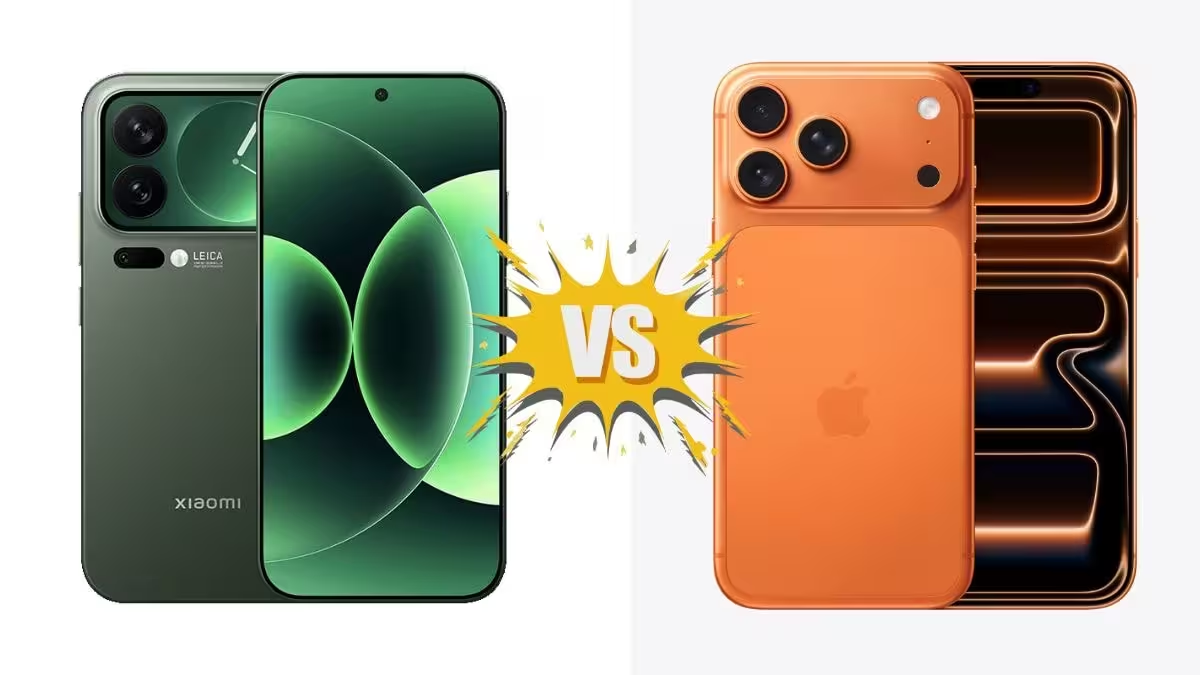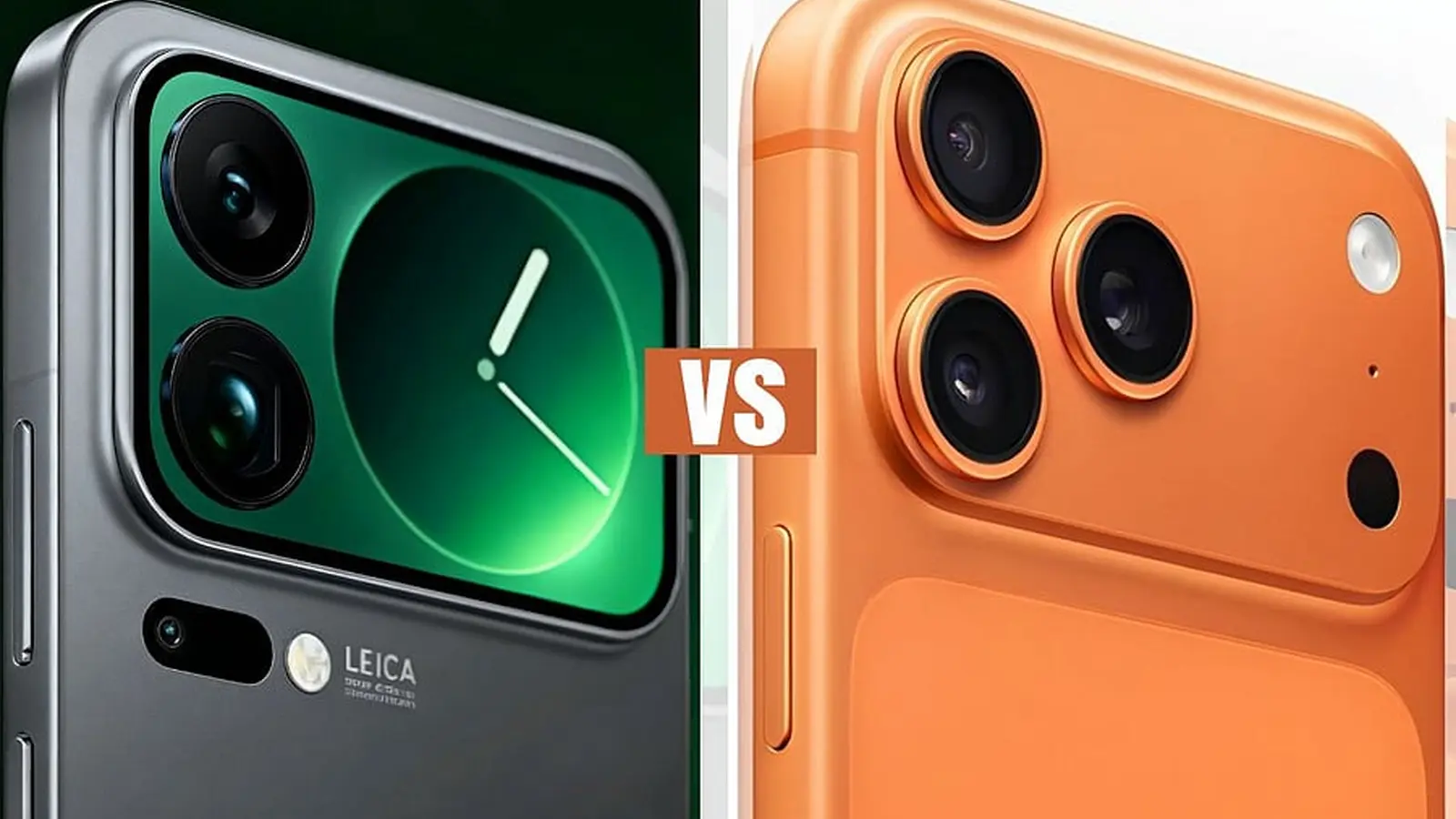3 Minutes
When battery capacity numbers make headlines, the instinct is to assume bigger equals longer life. Xiaomi’s new 17 Pro Max flaunts a massive 7,500mAh cell while remaining lighter than Apple’s iPhone 17 Pro Max. But a recent battery drain test throws that assumption into doubt — and highlights how tight hardware-software integration can trump raw capacity.
Big battery, small margin: the head-to-head setup
The battery comparison, run by TechDroider, put six flagship phones through a punishing, real-world sequence: prolonged gaming, YouTube playback, web browsing, Instagram scrolling and finally continuous 4K video recording until each device shut down. The line-up included:
- Xiaomi 17 Pro Max – 7,500 mAh
- iPhone 17 Pro Max – 4,823 mAh
- Galaxy S25 Ultra – 5,000 mAh
- Xiaomi 15 Pro – 6,100 mAh
- Pixel 10 Pro XL – 5,200 mAh
- OnePlus 13 – 6,000 mAh
Given the vast difference in battery capacity, the expectation was that Xiaomi’s 17 Pro Max would blow past Apple’s most power-hungry model. The result? Not by much.
Close finish: results that surprise
Here are the runtimes the testers recorded:
- Xiaomi 17 Pro Max – 13 hours 36 minutes
- iPhone 17 Pro Max – 13 hours 31 minutes
- Xiaomi 15 Pro – 12 hours 31 minutes
- OnePlus 13 – 11 hours 56 minutes
- Pixel 10 Pro XL – 11 hours 28 minutes
- Galaxy S25 Ultra – 11 hours 20 minutes
Despite packing 36% more battery capacity, the Xiaomi 17 Pro Max lasted only five minutes longer than the iPhone 17 Pro Max. That margin is astonishingly small considering the capacity gap.

Why did the iPhone come so close?
The short answer is efficiency. Apple’s A19 Pro chip and the iOS ecosystem are tightly integrated, so the phone extracts more usable runtime from each milliamp-hour. Android flagships use different silicon — here, the Xiaomi 17 Pro Max runs on a Snapdragon 8 Elite Gen 5 — and software-level optimizations differ across OEMs. You can’t directly compare chip names, but you can compare outcomes: the iPhone converted far less battery capacity into only slightly shorter runtime.
What this means for real users
Raw battery capacity is only one piece of the endurance puzzle. Display efficiency, SoC power management, thermal behavior, background app policies and platform-level optimizations all shape day-to-day battery life. Network conditions and whether a user spends more time gaming versus browsing also matter. Still, controlled drain tests like this one give a useful baseline for comparing devices under identical stress.
For buyers, the takeaway is simple: don’t judge endurance by mAh alone. If you want longevity, look at real-world tests and consider how software and hardware work together on each platform.
And if you’re a spec-watcher, it’s worth noting that Xiaomi’s engineering hauled an enormous 7,500mAh battery into a surprisingly lightweight chassis — and it still only eked out a narrow lead over Apple’s optimized approach. That’s a win for both sides: more capacity for Android users, and exceptional efficiency for iPhone owners.
Source: gizmochina


Leave a Comment